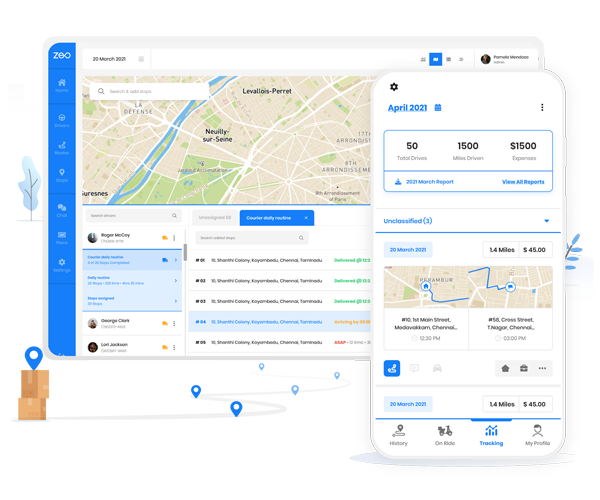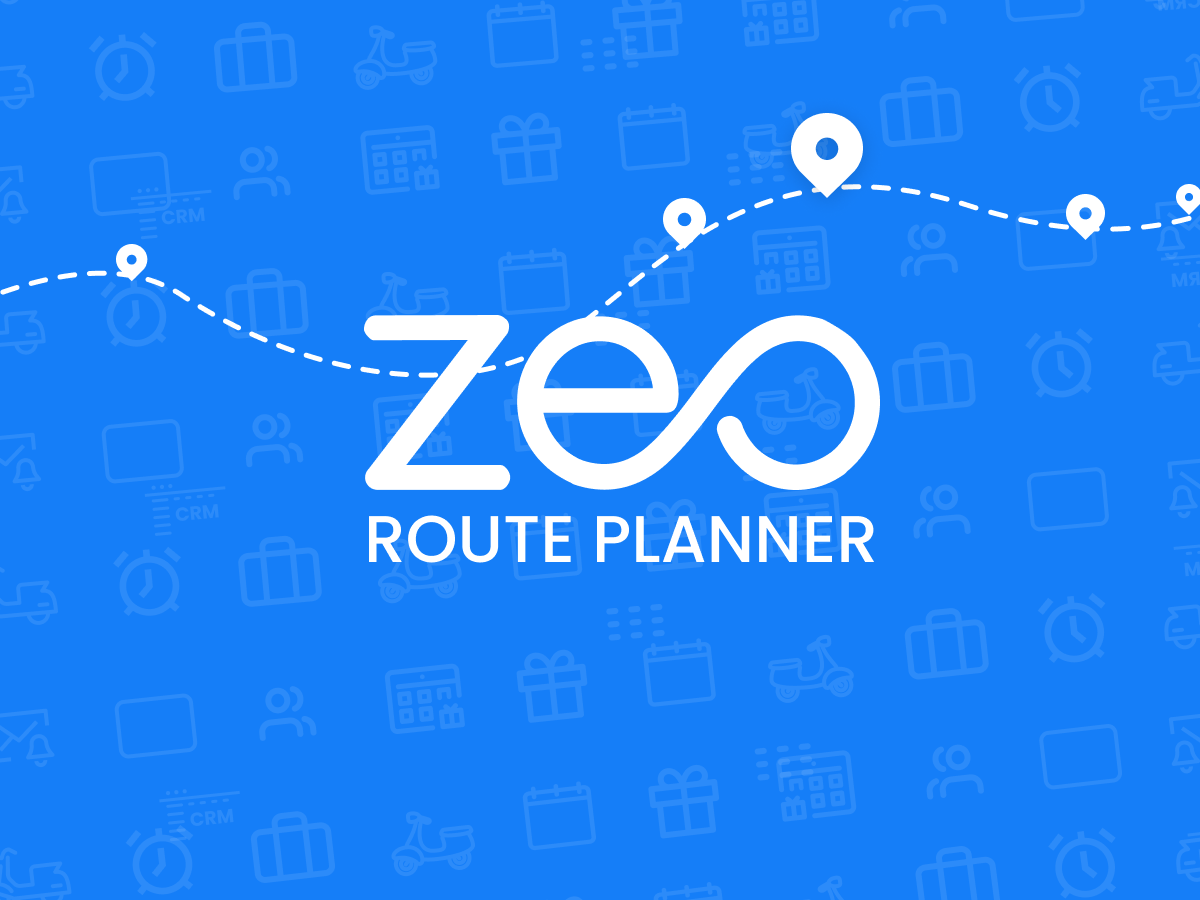Efficient inventory distribution and strategic route planning are crucial across various industries, each with its unique set of challenges and demands. While inventory management is indeed crucial for the logistics industry, its significance extends far beyond this sector.
Inventory management is fundamental to various industries, including retail, manufacturing, healthcare, and hospitality, among others. In retail, efficient inventory management ensures that stores have the right products available to meet customer demand while minimizing excess stock. Manufacturing involves managing raw materials and finished goods to support production schedules and meet customer orders. Even in healthcare, inventory management plays a vital role in ensuring that hospitals have the necessary medical supplies and equipment on hand to provide quality patient care. So, while logistics relies heavily on inventory management, its importance resonates across a wide spectrum of industries.
These industries must implement various growth strategies to overcome inventory management and route planning challenges.
Challenges in Inventory Distribution and Route Planning
Navigating the terrain of efficient inventory distribution and route planning presents a myriad of challenges, each casting a shadow over business growth.
- Complex Logistics Networks
Many businesses have complicated supply chains. Without optimizing supply chain operations, they find it hard to manage inventory across different places like stores, warehouses, and distribution centers. This is tough for big retail chains, manufacturers, and distributors. Without robust inventory distribution strategies, companies fail to achieve efficient inventory distribution which can result in overstocked shelves, underutilized warehouses, and missed revenue opportunities.
- Demand Variability
The ebb and flow of demand presents a formidable obstacle to efficient inventory distribution across diverse sectors. Whether it’s the seasonal fluctuations in retail or the unpredictable shifts in consumer preferences, demand variability disrupts operations and growth. Without agile inventory distribution tactics, businesses face the risk of stockouts, lost sales, and diminished customer satisfaction.
- Time Constraints
In today’s hyper-connected world, time is of the greatest essence. It dictates the pace of business operations across industries. From logistics to service delivery, tight timelines and limited operating hours pose challenges to efficient route planning. Without streamlined processes, businesses risk delayed deliveries, missed appointments, and compromised customer relationships.
- Ineffective route planning
Without a roadmap for success, businesses risk falling off the course when it comes to route planning. This challenge is prevalent across sectors, impacting delivery companies, service providers, and transportation firms. Inefficient route optimization leads to longer transit times, increased fuel consumption, and elevated operational costs, hindering growth and profitability.
Effective Strategies for Efficient Inventory Distribution
To overcome the challenges of inventory distribution, businesses can implement the following strategies:

increase fuel savings
Hassle Free Deliveries & Pickups!
Optimize routes with our algorithm, reducing travel time and costs efficiently.
Get Started for Free
- Demand forecasting: By leveraging data analytics and historical sales data, businesses can achieve efficient demand planning and forecast demand more accurately, enabling them to adjust inventory levels proactively. For example, a grocery retailer can use sales data to predict demand for perishable goods and ensure adequate stock levels to meet customer demand.
- Just-in-time inventory management: Adopting a just-in-time (JIT) inventory approach allows businesses to maintain lean inventory levels while ensuring timely replenishment based on actual demand. This strategy minimizes carrying costs and reduces the risk of overstocking or obsolescence. Automotive manufacturers, for instance, rely on JIT inventory management to minimize inventory holding costs and respond quickly to changing customer demand.
- ABC analysis: Prioritizing inventory based on its importance and value (ABC analysis) helps businesses allocate resources effectively. By categorizing inventory into A (high-value items), B (medium-value items), and C (low-value items) categories based on factors like demand volume and value, businesses can focus their attention on high-value items while optimizing inventory levels for lower-value items. This approach is commonly used in industries like wholesale distribution and electronics manufacturing to optimize inventory management practices.
Effective Strategies for Route Planning
In addition to inventory distribution, optimizing route planning is essential for streamlining operations and minimizing transportation costs. Here are some effective strategies:
- Utilize Route Optimization Software: Implementing route planning software, such as Zeo, enables businesses to leverage route optimization, minimize travel distances, and maximize resource utilization. These tools utilize advanced algorithms to calculate optimal routes based on factors like traffic conditions, delivery windows, and vehicle capacities. For example, a logistics company can use route planning software to optimize delivery routes, reduce fuel costs, and improve delivery times.
- Implement Dynamic Routing: Adapt routes in real-time to respond to changing conditions and customer requests. A mobile route planner like Zeo offers dynamic routing to optimize routes on the go, ensuring timely deliveries and improved customer satisfaction. Zeo’s real-time tracking and monitoring capabilities, businesses can adjust routes seamlessly and mitigate disruptions. For instance, a food delivery service can use dynamic routing to optimize delivery routes based on real-time traffic conditions and customer preferences, ensuring hot and fresh deliveries every time.
- Consolidate Shipments: Combine multiple orders into single routes to minimize transportation costs and reduce environmental impact. By consolidating shipments, businesses can optimize vehicle capacity, reduce fuel consumption, and lower carbon emissions. This approach is particularly beneficial for industries like parcel delivery and freight forwarding, where optimizing transportation efficiency is critical for profitability and sustainability. A route planning software like Zeo offers effective fleet management features to consolidate delivery shipments and enhance business growth.
Conclusion
Efficient inventory distribution and route planning are vital components of supply chain management, directly impacting business performance and customer satisfaction. By implementing effective strategies and leveraging advanced route planning software like Zeo, businesses can overcome challenges and optimize operations. With features like real-time tracking, route optimization, and dynamic routing, Zeo empowers businesses to streamline operations, improve efficiency, and deliver exceptional customer experiences.
Embrace the power of efficient inventory distribution and route planning to stay ahead of the curve and propel your business towards success. Schedule a free demo with Zeo experts today!

Are you a fleet owner?
Want to manage your drivers and deliveries easily?
Grow your business effortlessly with Zeo Routes Planner – optimize routes and manage multiple drivers with ease.

increase fuel savings
Hassle Free Deliveries & Pickups!
Optimize routes with our algorithm, reducing travel time and costs efficiently.
Get Started for Free






















